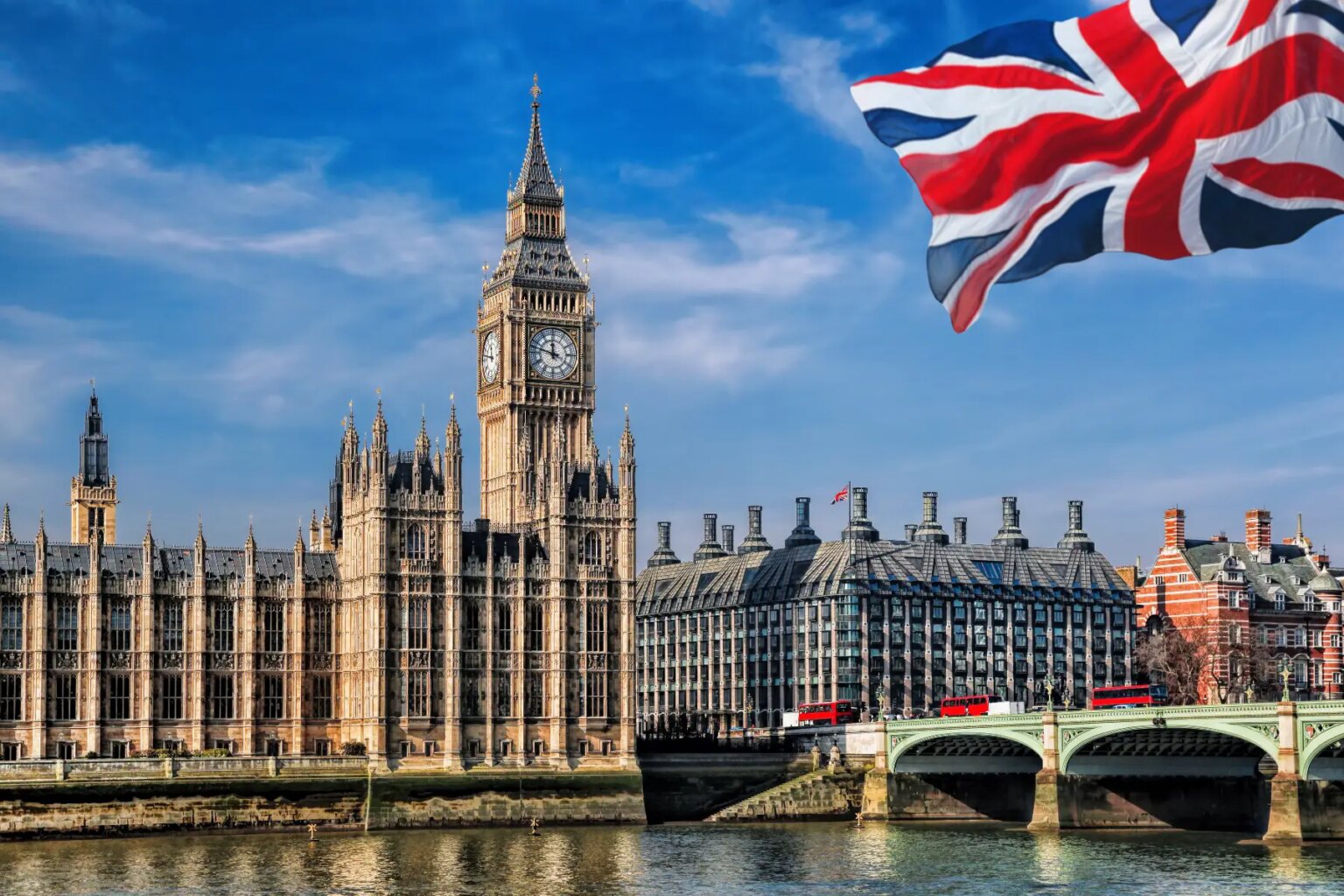The Evolution of Public Sector Procurement in the UK Post-Brexit

The UK’s departure from the European Union marked a significant shift in public procurement, severing its reliance on EU-wide regulations and paving the way for a new, independent legal framework. While the transition was designed to simplify processes and create greater flexibility for both contracting authorities and suppliers, it has also introduced new challenges for organisations navigating the evolving procurement landscape.
This article explores the key changes in public sector procurement post-Brexit, the impact on suppliers, and how businesses can adapt to the UK’s new approach.
Pre-Brexit Procurement: The EU Framework
Before Brexit, the UK’s public procurement system was governed by EU directives, which provided a unified approach across member states. These directives ensured transparency, fair competition, and compliance with EU competition laws. The key regulations included:
- The Public Contracts Regulations 2015 (PCR 2015): Established procurement procedures and compliance requirements for public sector tenders.
- The Utilities Contracts Regulations 2016 (UCR 2016): Covered procurement in the water, energy, and transport sectors.
- The Concession Contracts Regulations 2016: Governed contracts where private entities managed public assets or services.
These regulations were designed to foster cross-border competition, allowing suppliers from across the EU to bid for UK contracts and vice versa. While this system promoted fairness, it was often criticised for being overly complex and bureaucratic.
Post-Brexit Procurement: The Push for Reform
Since leaving the EU, the UK has been transitioning to an independent procurement system. This shift was driven by a need to streamline processes, improve efficiency, and ensure that procurement strategies align more closely with national interests.
The Procurement Act 2023
The most significant legislative change has been the introduction of the Procurement Act 2023, which came into effect in February 2025. This new framework aims to simplify and consolidate the existing regulations into a more agile and transparent system. Key features include:
- A Single Regulatory Framework: The new legislation replaces multiple EU-based regulations with a single, streamlined framework, making it easier for suppliers to navigate the process.
- Increased Transparency and Accountability: New reporting requirements and enhanced data-sharing mechanisms aim to provide greater oversight.
- More Flexibility in Procurement Procedures: Contracting authorities will have greater discretion in how they conduct procurement, allowing them to design procedures that best suit their needs.
- Greater Focus on Value for Money and Innovation: The Act prioritises procurement strategies that encourage competition and innovation while ensuring taxpayer funds are used efficiently.
- Stronger Support for SMEs: The UK government has committed to making procurement more accessible to small and medium enterprises (SMEs) by simplifying pre-qualification processes and encouraging fairer competition.
These changes are intended to reduce administrative burdens, increase efficiency, and ensure better outcomes for public contracts.
Key Changes in UK Procurement Post-Brexit
1. Streamlined Procurement Procedures
Under the new system, the UK is replacing EU-mandated procedures with a more flexible approach. The key procurement methods include:
- Open Procedure: A straightforward, single-stage process suitable for most procurements.
- Competitive Flexible Procedure: Allows contracting authorities to tailor procurement processes to their specific needs.
- Direct Awards in Limited Circumstances: Enables authorities to award contracts directly in urgent or unique situations.
These changes aim to make the procurement process less rigid while maintaining fairness and transparency.
2. Emphasis on Social Value and Sustainability
The UK government has placed greater emphasis on social value in procurement, requiring authorities to consider how contracts can benefit communities. This includes:
- Creating jobs and opportunities for disadvantaged groups.
- Reducing environmental impact through sustainable procurement.
- Supporting innovation in public service delivery.
By incorporating social value considerations, the new framework ensures that procurement decisions contribute to broader societal goals.
3. Digital Transformation: The Find a Tender Service (FTS)
To replace the EU’s Tenders Electronic Daily (TED), the UK introduced the Find a Tender Service (FTS) as its central platform for publishing public contract opportunities. This ensures that UK-based suppliers can access procurement opportunities more efficiently.
4. Increased Support for SMEs
Recognising the barriers smaller businesses face in public procurement, the government has implemented several measures to improve SME participation:
- Simplified pre-qualification processes to reduce administrative burdens.
- Encouraging contract lotting, where large contracts are broken into smaller parts to allow SMEs to compete.
- Reduced payment terms ensuring that smaller suppliers receive timely payments.
These steps aim to level the playing field and foster competition.
5. Strengthened Domestic Supplier Preferences
While the UK remains committed to fair competition, there is growing emphasis on prioritising domestic suppliers where possible. The new system allows greater flexibility for public sector buyers to choose UK-based companies, particularly in sectors critical to national security and infrastructure.
Challenges in the Post-Brexit Procurement Landscape
While these reforms offer many benefits, organisations still face challenges in adapting to the new framework:
- Navigating New Regulations: Many contracting authorities and suppliers are still adjusting to the changes and require time to build expertise.
- Ensuring Compliance: The transition away from EU directives means organisations must familiarise themselves with new legal obligations.
- Maintaining Transparency and Fairness: As procurement procedures become more flexible, there is a need to ensure that fairness and competition are upheld.
How AutogenAI Supports Businesses in Adapting to These Changes
As the UK procurement landscape evolves, businesses need innovative solutions to stay competitive. AutogenAI helps suppliers and procurement teams navigate these changes with cutting-edge AI-driven tools.
1. Simplifying Compliance
AutogenAI ensures that tender responses align with the latest UK-specific procurement regulations, helping suppliers avoid costly compliance errors.
2. Streamlining Bid Preparation
The platform automates key elements of bid writing, including:
- Breaking down tender requirements into actionable steps.
- Drafting structured, compliant responses that meet new UK procurement standards.
- Generating competitive and persuasive narratives enhancing the quality of proposals.
3. Supporting SMEs and Large Organisations Alike
AutogenAI makes bidding more accessible for SMEs by:
- Reducing the administrative burden of proposal writing.
- Enhancing bid quality without requiring large teams.
- Providing insights into competitor trends and evaluation criteria.
4. Enhancing Transparency and Reporting
With new transparency requirements under the Procurement Act 2023, AutogenAI helps businesses create clear, well-documented proposals that align with government expectations.
The evolution of UK public procurement post-Brexit represents both an opportunity and a challenge. While the Procurement Act 2023 introduces greater flexibility, efficiency, and support for SMEs, businesses must adapt to new processes to remain competitive.
With AutogenAI, organisations can navigate these changes seamlessly ensuring compliance, improving bid quality, and maximising their chances of securing public sector contracts. As the UK continues to refine its procurement framework, embracing innovation and technology will be key to success in this new era.
To learn more about how AutogenAI can transform your public sector bidding process, contact us today.


